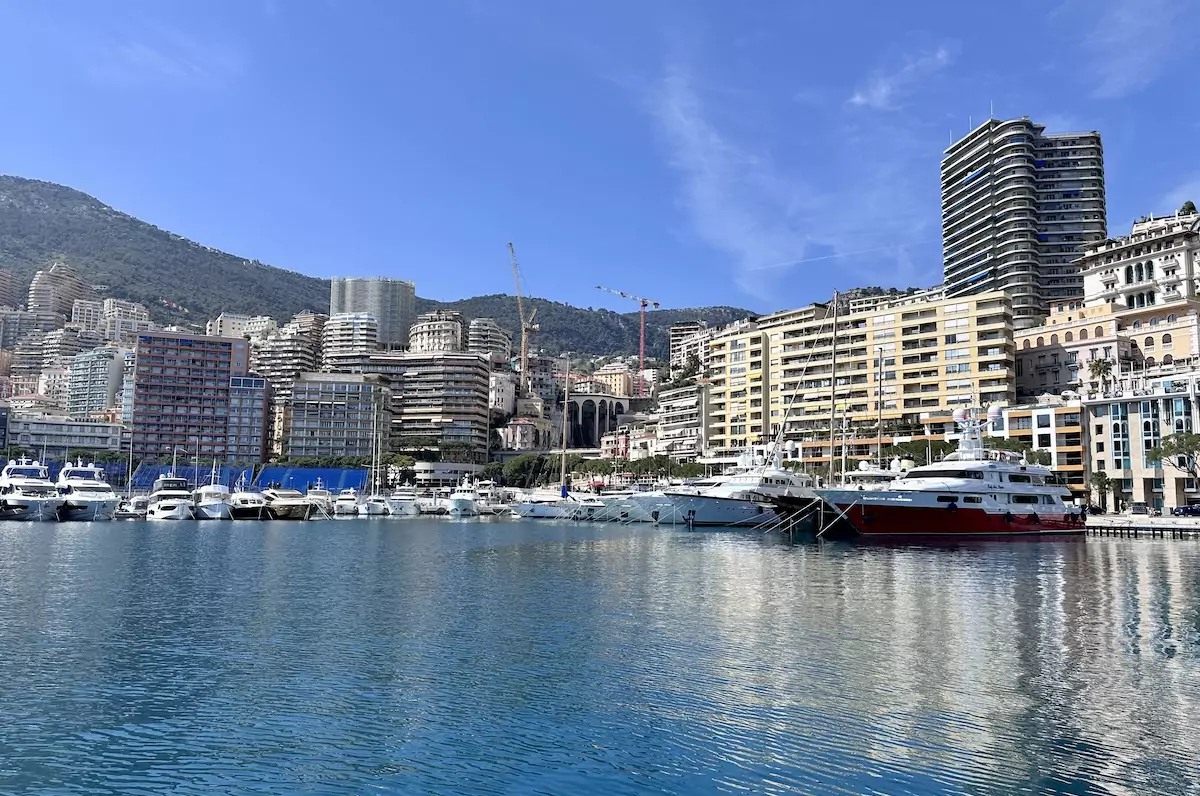A new report from IMSEE has revealed insights into the Principality’s 74,000-strong workforce, including who they work for, where they live and predominantly what age they are.
Monaco’s workforce is unlike most others in the world. This is due in part to its size, its unique status and the fact that certain activities present in other countries simply do not exist here.
This makes traditional indicators for workforce market analysis unusable in the Principality. To get a clearer picture of this unique situation, IMSEE, Monaco’s national statistics agency, has put together a Monaco-specific profile that reveals several interesting facts.
Some facts and figures
At the end of 2023, the Principality’s labour force sat at 73,707 workers, with more than nine in 10 of those being salaried employees working for an organisation. Of those, a significant 85%, or 62,186, were in the private sector, with civil service positions accounting for 7%, or 5,153 people. The self-employed numbered 6,368 and made up the remaining local 8.6% of workers.
Market services accounted for the vast majority of jobs, with 72.5% in this sector. The next closest was non-market services, which accounted for just under 14%, followed by construction at nearly 10%, and industry-related workers at 4%.
A potential indicator of the favourable working conditions in Monaco, and the growing economy, is the fact that employment figures rose by 24% in the past decade. In real terms, that is 14,300 new positions available to employees since 2013. Most of these, around 12,100, were salaried positions, while the non-salaried employees, now totalling 2,150, more than doubled in that period.
Who is working in Monaco?
In terms of gender, there are less than four in 10 female employees in the Principality’s workforce. Though outnumbered, there are certain positions with higher proportions of women than men. Those holding jobs in public administration, education, health care and social work activities are almost 72% female, followed by women in the service sector who account for 60% of the jobs. Other female-heavy jobs are in retail at almost 53%, and financial and insurance at 50.2%.
People work hard in Monaco, wracking up 103 million hours in the private sector in 2023. This is up over the last 10 years by more than 18 million hours, and is well above pre-Covid levels.
The workforce is also steadily getting older. The average age of a private sector employee is 42.4 years of age, up nearly a year-and-a-half from the 2014 average of 41.1.
IMSEE explains the breakdown, saying “The 35-44 age group accounted for the largest number of employees in 2014, at 28.2%. Ten years later, it accounts for 25.5% of the workforce, while the 45-54 age group amounts to 26.2%, making it the largest age category. The proportion of employees aged 55-64 has increased the most over the period (+5.4 points). At the same time, employees aged between 25 and 44, who were in the majority at 52.5% 10 years earlier, now represent just 47.2% of the population.”
Where do Monaco’s workers live?
Monegasque workers are the minority, making up just 10.6% of the 2023 private sector workforce. This number is reasonably stable, having been the case for the past decade.
The majority of workers, almost 58%, live in the Alpes-Maritimes, not including the neighbouring villages – those make up 22%. The remaining 10% live outside the Alpes-Maritimes, including Italy.
Nice has the highest population of Monaco-based workers, with more than a quarter – over 15,000 – in the city alone. People from Menton make up 12%, or 7,000, private sector workers, just beating out the Monegasques who number 6,046. The workforce is overwhelmingly French at 61%, with the next closest nationality being Italians who make up 15%. Rounding out the top three are Portuguese, at 7.2%.
Join the Monaco Life community – sign up for the Monaco Life newsletter, and follow us on Threads, Facebook, Instagram, LinkedIn and Tik Tok.
Photo by Monaco Life
